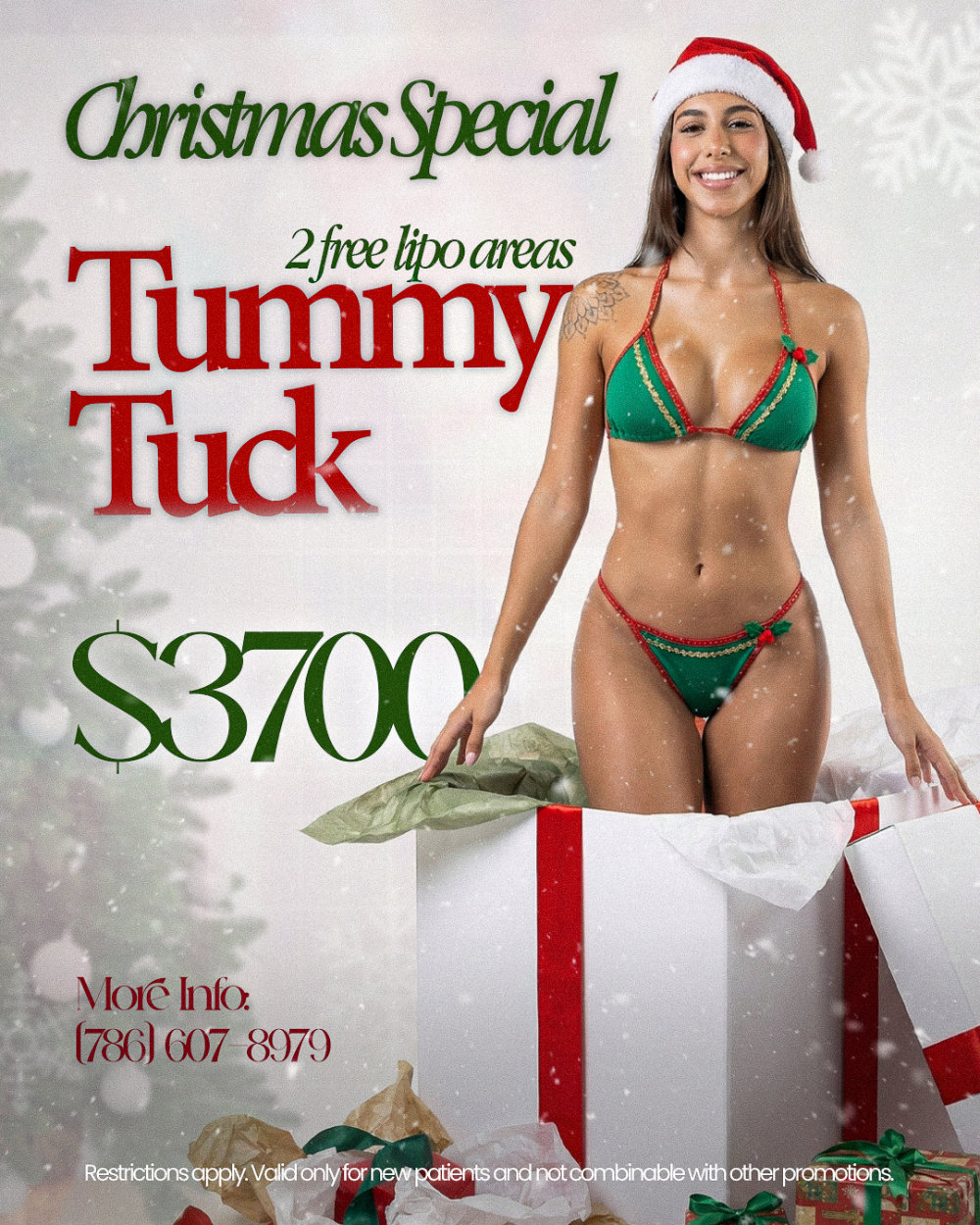Safety is paramount when undergoing Brazilian Butt Lift Miami procedures, and preventing fat embolism after BBL requires several critical precautionary measures.
You dreamed of new curves but instead, you’re gasping for air. A fat embolism after BBL can turn transformation into tragedy. Fortunately, there are proven ways to prevent this. Here’s how to ensure your BBL journey is as safe as it is transformative.
To minimize risks, always choose a board-certified surgeon who employs safe injection techniques, specifically using blunt-tip cannulas exclusively in the subcutaneous layer. Complete comprehensive pre-surgery health evaluations, strictly follow all post-operative guidelines, and never skip follow-up appointments.
Remain alert for warning signs such as shortness of breath, chest pain, or dizziness, seeking immediate medical attention if any symptoms develop. The sections below explore these preventative measures in greater detail.
For a personalized BBL consultation, contact Snatched Plastic Surgery today at (786) 607-8979 or fill out our online contact form to schedule your consultation today.
What Are the Fat Embolism Risks in BBL?
While Brazilian Butt Lift procedures have gained tremendous popularity in recent years, we can’t overlook the serious complications that may arise, particularly fat embolism syndrome.
Injecting fat into deep muscle tissue rather than the subcutaneous layer creates significant danger. The risk of fat embolism ranges from 1 in 5,000 to 1 in 10,000 procedures, with a mortality rate of approximately 1 in 3,000 making it the leading cause of death in BBL surgeries.
To protect patients, we avoid injecting near major blood vessels in the “danger zone.” Being vigilant for signs of fat embolism is essential, as 7% of surgeons report experiencing at least one case.
What Injection Techniques Improve BBL Safety?
Choosing a qualified surgeon is the first step, but the techniques used during surgery are equally critical for reducing fat embolism risk.
Cannulas vs. Needles
We strongly recommend blunt-tip cannulas over sharp needles for fat injection, as they greatly reduce the likelihood of vascular trauma. Cannulas with larger diameters (typically 3-4mm) facilitate smoother fat transfer while minimizing pressure on surrounding tissues.
During injections, we use cannulas to deposit small volumes (1-3cc) of fat in the subcutaneous layer, not in deep muscle tissue, where dangerous deep veins reside. Combined with ultrasound guidance, this approach ensures precise placement and virtually eliminates accidental intravascular injection.
Proper Injection Depth
Fat embolism primarily occurs when adipose tissue enters the bloodstream through damaged vessels. The safest approach is injecting fat into the subcutaneous layer above the muscles rather than deep muscle tissue.
We recommend defining a “No No” zone (coccyx, posterior superior iliac spine, and greater trochanter) where veins are more vulnerable. Using low-pressure injections and small volumes across multiple sites, along with high-resolution ultrasound guidance, enhances precision and reduces risks.
Aspiration Before Injection
Aspiration is performed by pulling back on the syringe plunger before injecting fat to check for blood return, which indicates vessel penetration. Combining aspiration with blunt-tip cannulas markedly reduces the risk of vascular complications. This step creates a crucial defensive barrier against fat embolism.
How Can You Prepare for a Safe BBL Recovery?
Successful outcomes depend heavily on how you prepare before and care for yourself after surgery.
Before Surgery: Pre-Surgery Health Checks
Complete an extensive health evaluation by sharing your full medical history, especially any blood clotting disorders or previous surgeries. Your surgeon will assess your overall health during a physical examination and review medications that might affect vascular integrity.
Following pre-operative guidelines is essential to minimize your risk. Identifying and managing underlying conditions ensures the safest surgical experience possible.
After Surgery: Post-Operative Recovery Guidelines
Strictly follow all post-operative care instructions. Avoid sitting directly on your buttocks for at least six weeks to prevent pressure on injection sites. Maintain proper hydration and balanced nutrition to support tissue healing.
If you experience symptoms such as shortness of breath, dizziness, or chest pain, seek immediate medical attention. Attend all scheduled follow-up appointments for continuous monitoring.
What Are BBL Fat Embolism Warning Signs?
Recognizing the warning signs of fat embolism following a BBL procedure can be life-saving.
Symptoms typically appear within 48 hours post-surgery but may develop later. Watch for dizziness, shortness of breath, weakness, and unexplained headaches.
If you experience chest pain, severe breathing difficulties, or notice blue discoloration of lips or fingertips, call emergency services immediately.
Why Are BBL Follow-Up Visits Important?
Regular monitoring after your BBL procedure complements your vigilance for warning signs.
Consistent follow-up appointments allow surgeons to evaluate your recovery progression and detect early signs of complications, including fat embolism.
During these check-ins, we’ll assess your vital signs, discuss any new symptoms, and adjust your post-operative care plan. Recognizing warning signs early and attending your follow-up appointments ensures prompt intervention and maximum safety.
Learn More About BBL Surgery in Miami
At Snatched Plastic Surgery, our board-certified surgeons in Miami specialize in performing safe, stunning Brazilian Butt Lift procedures. Our extensive experience with gluteal enhancement techniques ensures patients receive natural-looking results while adhering to the highest safety standards.
Ready to transform your appearance with BBL? Contact Snatched Plastic Surgery today at (786) 607-8979 or fill out our online contact form to schedule your consultation today.



